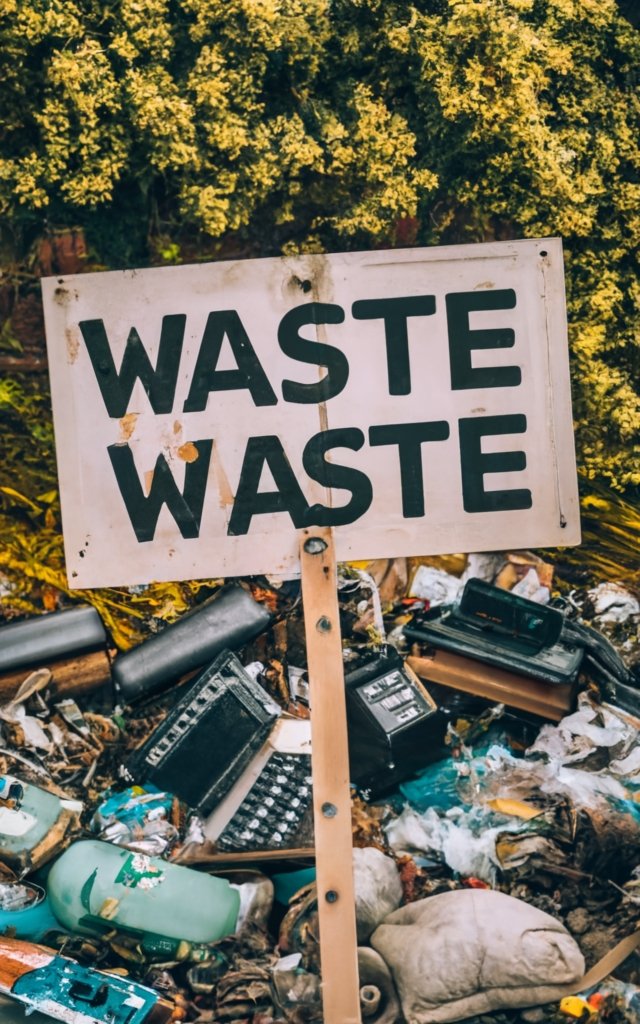The E-Waste Time Bomb and the Race to Defuse It

In a world increasingly reliant on technology, a critical issue looms large—57.4 million metric tons of e-waste generated in 2023. This alarming figure, a 21% increase from 2019, represents a global crisis that only 17.4% of recycling efforts are currently addressing. The United States, China, and India are the primary contributors to this escalating problem. However, most of this waste ends up in developing countries, where weak regulations and inexpensive labor create conditions ripe for exploitation.
Exploitation and Environmental Impact

“Many believe they’re helping the planet by recycling their old devices, but the truth is far more complicated and often darker,” says Dr. Lily Thomas, an environmental scientist specializing in waste management. Workers, frequently children, face hazardous conditions as they dismantle devices to extract valuable metals like gold, silver, and palladium. The process involves toxic chemicals, which endanger the workers and contaminate local water supplies and soil.
“The cycle of exploitation and environmental degradation remains largely unseen by consumers in developed countries,” Dr. Thomas adds. The environmental impact is not a minor issue; it’s a full-scale crisis. Toxins seep into the soil, affecting agriculture and entering the food chain, thereby posing health risks to entire communities. The consequences of this crisis extend beyond the immediate areas where e-waste is processed, affecting global ecosystems and contributing to climate change.
Questioning the Status Quo
The e-waste management market is on the rise, projected to reach $189.8 billion by 2030, with a Compound Annual Growth Rate (CAGR) of 14.4%. “The impressive numbers obscure a fundamental issue,” says an anonymous industry expert, challenging the prevailing narrative. “We’re addressing symptoms, not the root cause. The focus is on monetizing waste, not on reducing it.”
Current policies and practices fall short of addressing the problem’s scale. While recycling is crucial, it’s only part of the solution. More needs to be done to minimize e-waste at its source through improved product design, longer device lifespans, and consumer education. “A paradigm shift is overdue in how we approach and manage e-waste,” argues Dr. Thomas. A comprehensive approach involving governmental regulation, corporate responsibility, and public awareness is urgently needed.

Crisis Versus Opportunity

The Asia Pacific region is expected to dominate the e-waste market, expanding at a CAGR of 11.57%. On the surface, this seems like a lucrative opportunity for job creation and technological innovation. “We’re sitting on valuable resources,” says Dr. Thomas. “The metals extracted from e-waste have various industrial applications, from electronics to renewable energy.”
However, this economic potential is often eclipsed by the problem’s enormity. The focus remains on crisis management, ignoring the potential for sustainable development. “We need to balance crisis management with the economic opportunities it presents,” Dr. Thomas concludes. The challenge is to create a circular economy where e-waste is not merely discarded but efficiently utilized as a resource.
A Critical Juncture for Humanity
In an era increasingly shaped by technology, the e-waste crisis is a critical issue we can no longer afford to ignore. The choices we make today will have lasting implications for future generations. “We’re at a critical juncture, and the path we choose will determine not just the future of e-waste management but the health of our planet and its people,” says Dr. Thomas.
The e-waste issue is more than an environmental concern; it’s a social and economic dilemma that we’ve yet to understand fully. It’s time to unveil the hidden costs, question the current practices, and explore the untapped economic potential of e-waste management. The clock is ticking, and immediate action is required.



